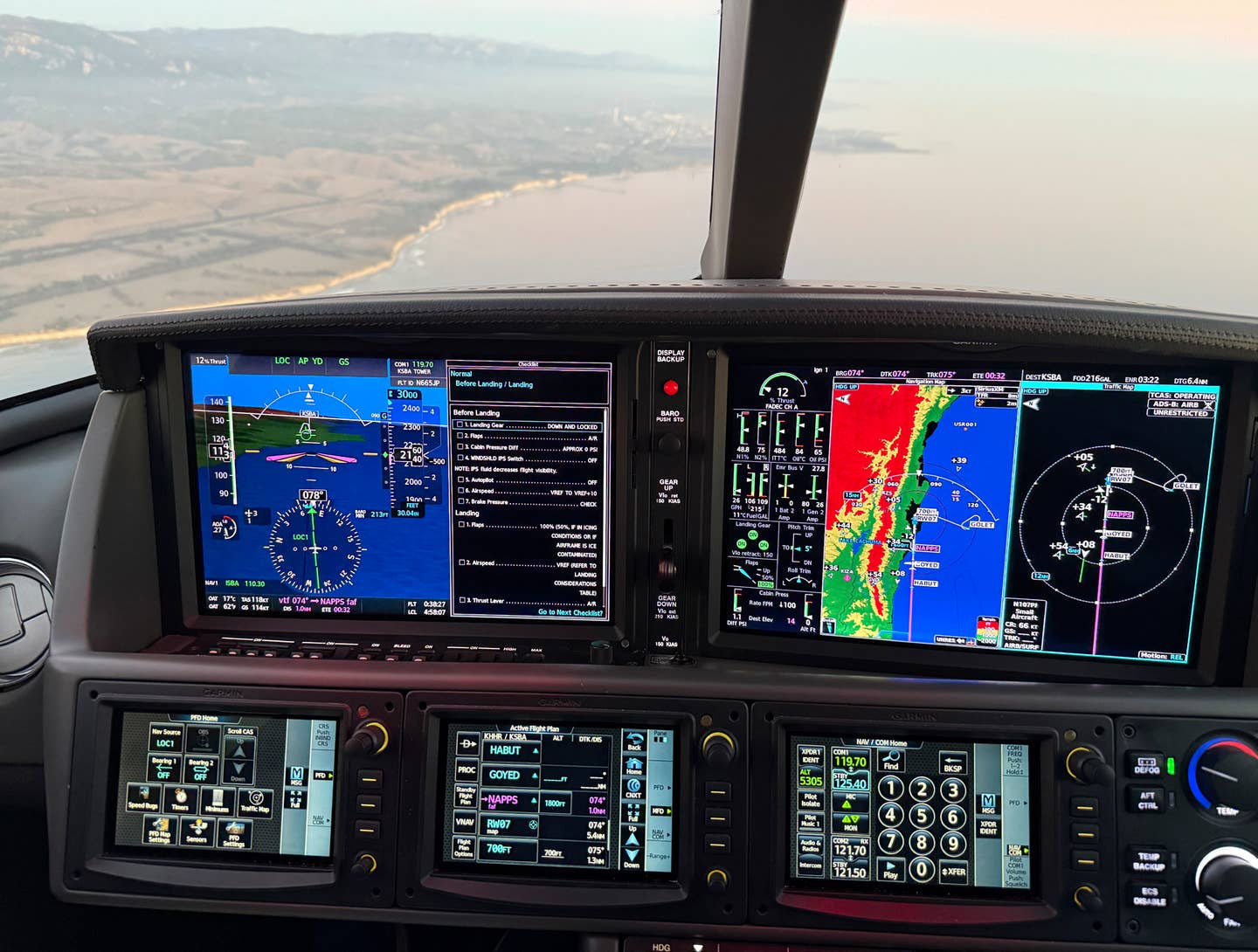
Steven Miric
I learned to drive in New England, so I knew about slippery roads. But I remember that every year I almost had to relearn some of the lessons with the first snowfall. It seems there was a close call every winter as I re-acclimated myself to the hazards of lost traction on turns and when braking.
I think I'm more attentive when it comes to maneuvering an airplane on runways and ramps that might be contaminated by ice or packed snow. But I still take a few moments at this time of year to repeat to myself some of the truisms about how things change once the temperature dips below 0 Centigrade. It starts with mindset — especially if I'm flying from warmer weather to a destination where ice and snow can be a factor. Sometimes you have to consciously make the mental transition from the departure environment to the destination environment, since the time spent in the cockpit in between is pretty much the same.
For departures from an airport with icy conditions, it should go without saying that any accumulation of frost or snow should be cleared from the wings and the rest of the airframe. Once clear and the engine started, it's wise to test out the braking and steering action early on. Of course, you need to be alert for patches of snow and ice — especially clear "black" ice on dark pavement. Approach the first turn on the ramp or taxiway carefully, since side-slipping is a different hazard from braking straight ahead. And when it comes to braking, we've been spoiled by cars with automatic braking systems that sense a skid and compensate with high-speed "pumping" action. Only big jets and turboprops have this feature, so for the rest of us, a little retro pumping action can regain some of the braking action we have lost when the wheels lock.
High snow banks along narrow taxiways are another concern. All the more reason to be careful about keeping the nose wheel on the taxiway centerline. And on the takeoff roll, be alert for the effect of torque as you pour on the power. With minimal traction available, the turning action generated by swirling slipstream and gyro action of the propeller (in a single) can be amplified.
Another issue that ought to go without saying is computing runway distance for landing. When there's ice and packed snow, all the predicted numbers get blown away. Ask for and/or listen to reports of braking action, especially those by similar aircraft. If there are no other pilots operating in the area, assume the worst.
There's no reason why operating from snow-packed runways needs to be dangerous, as long as the common-sense rules are applied. It's when we let our attention lapse at the wrong time that the potential exists for an embarrassing — and very expensive — fender bender.
Call to action: If you have any tips of your own you'd like to share, or have any questions about flying technique you'd like answered, send me a note at enewsletter@flyingmagazine.com. We'd love to hear from you.

Sign-up for newsletters & special offers!
Get the latest FLYING stories & special offers delivered directly to your inbox






